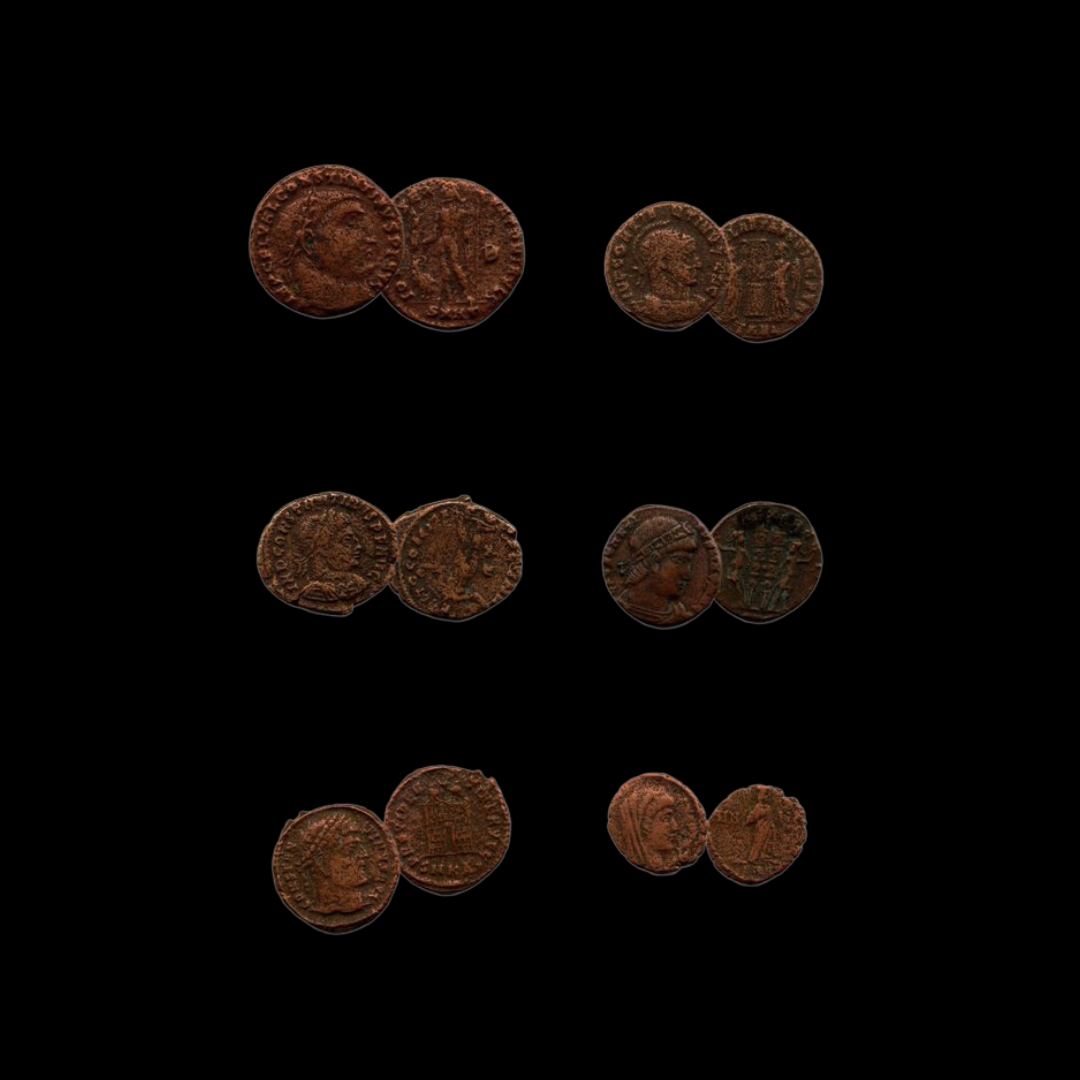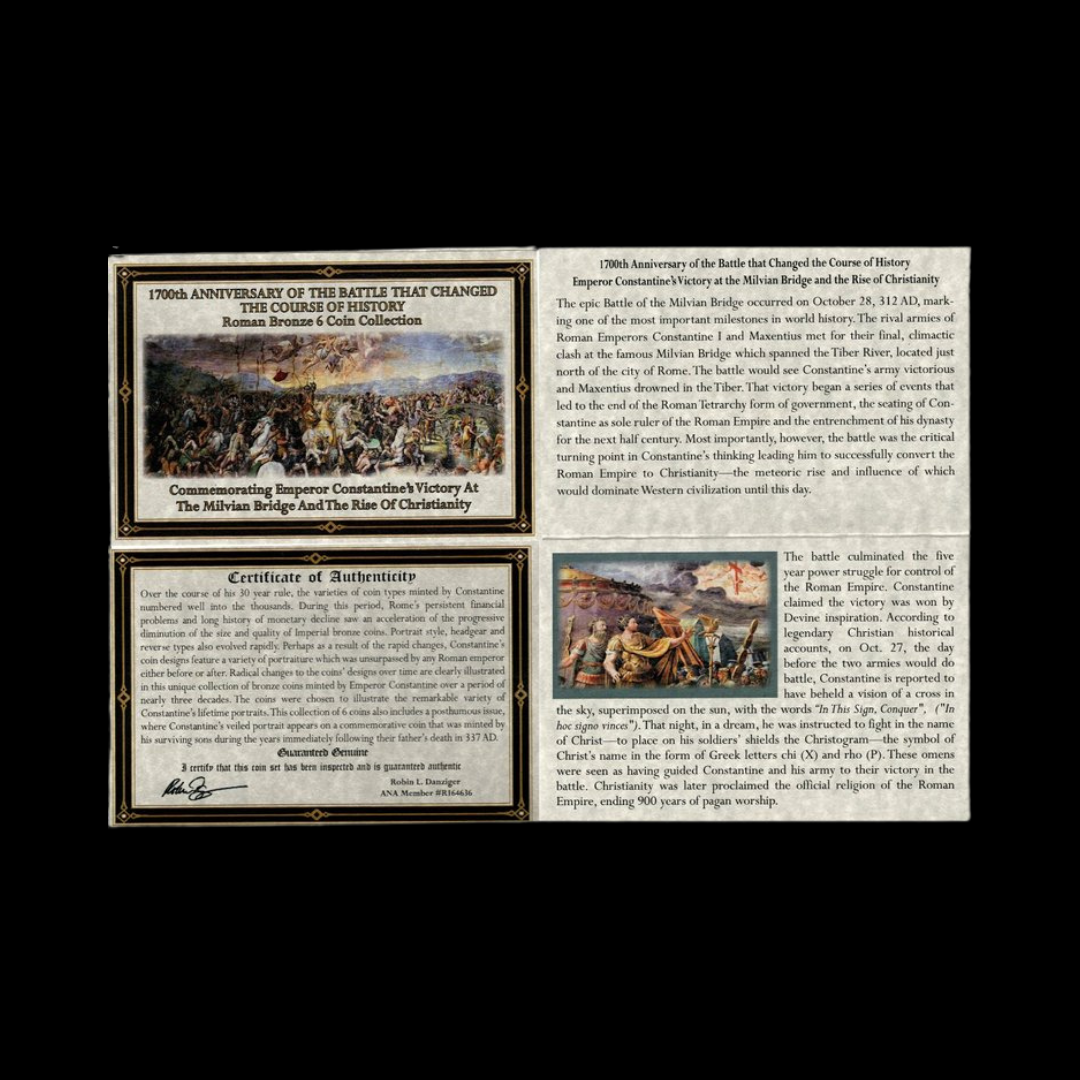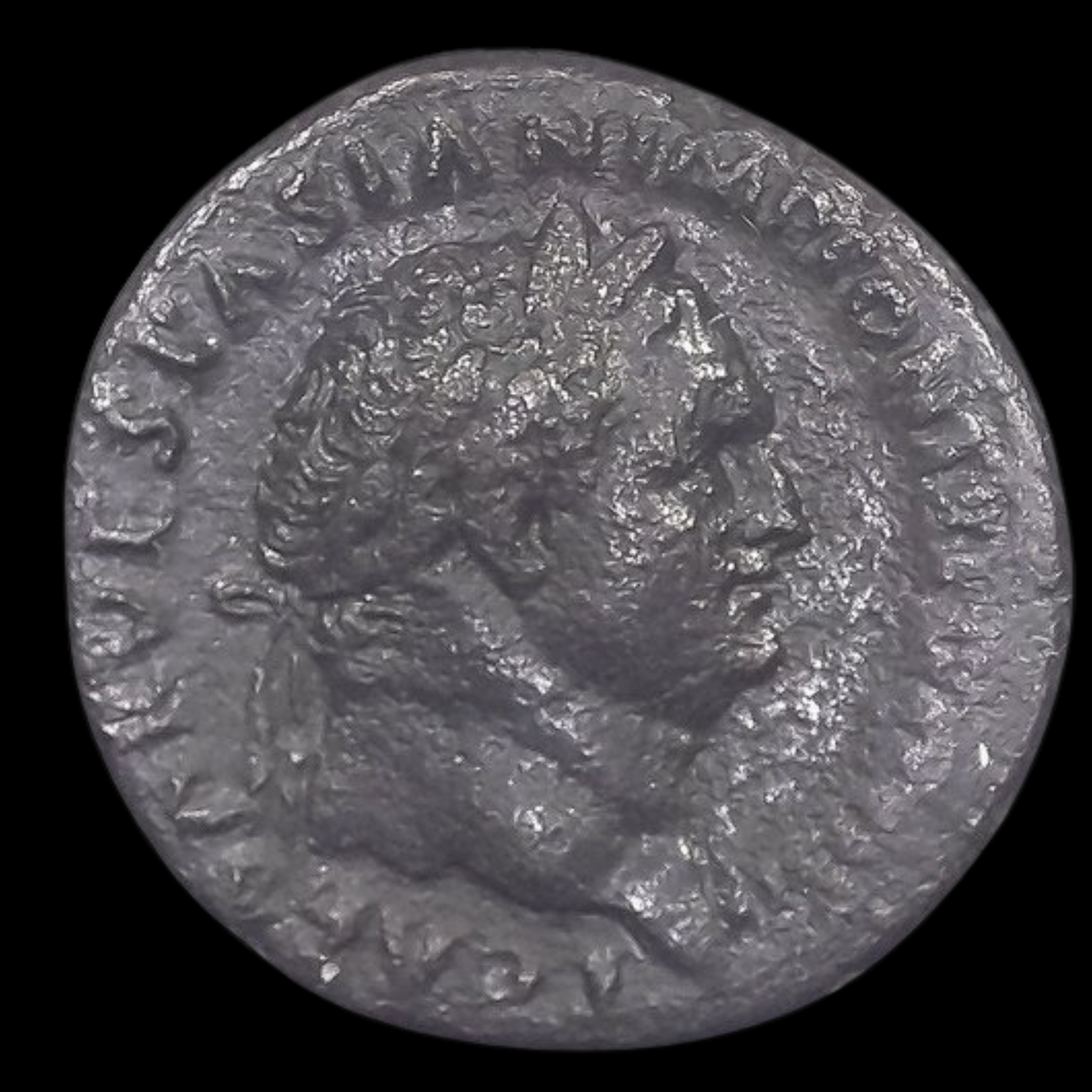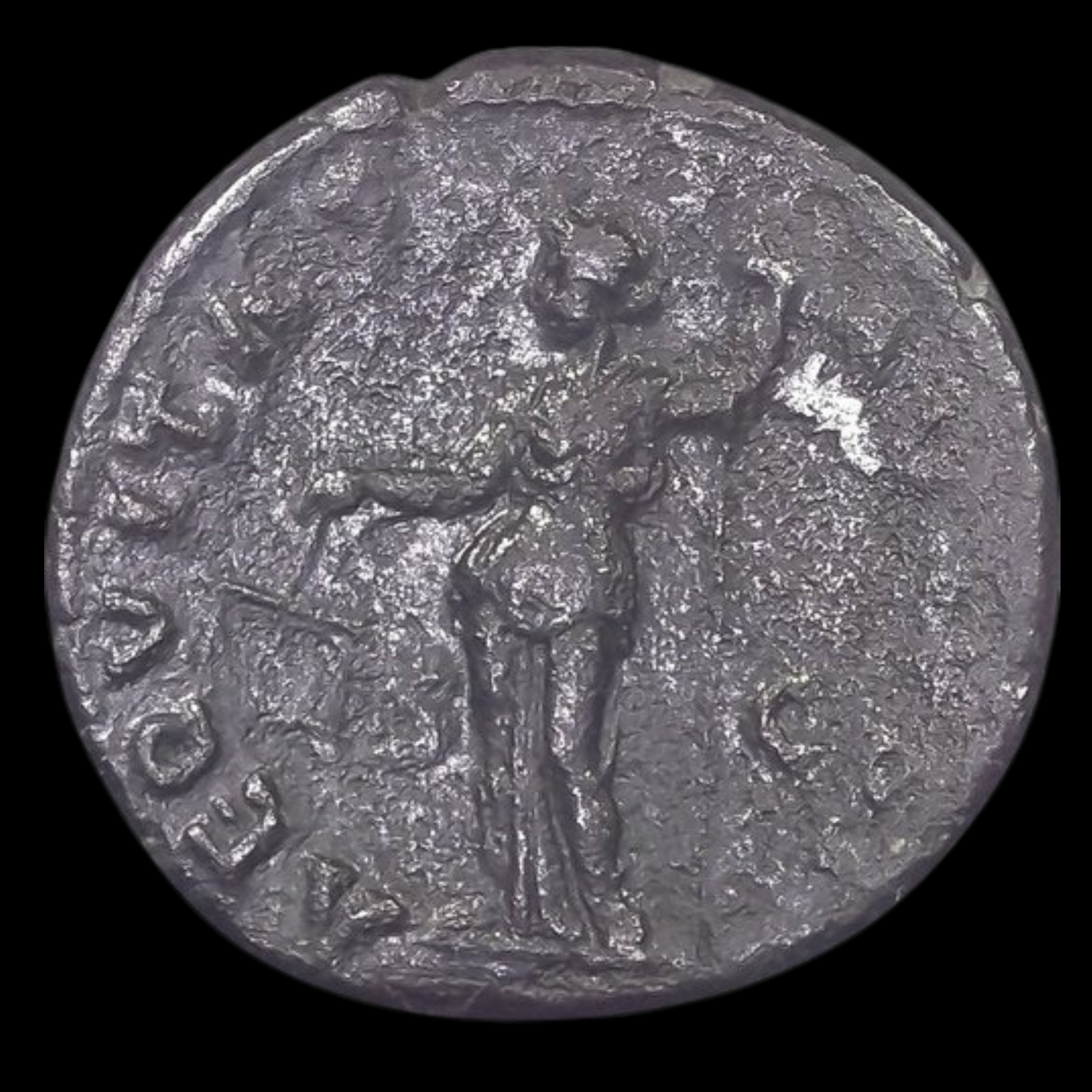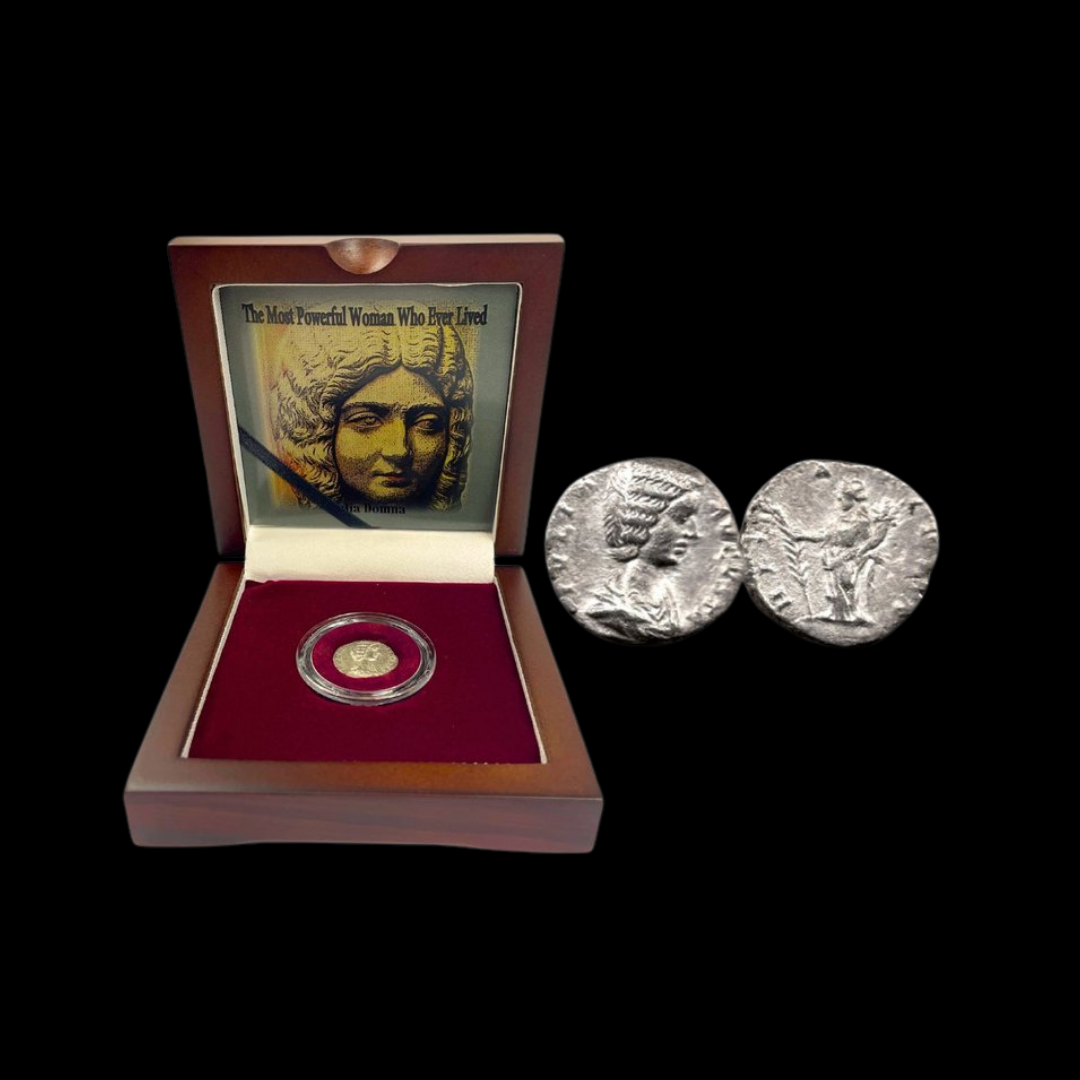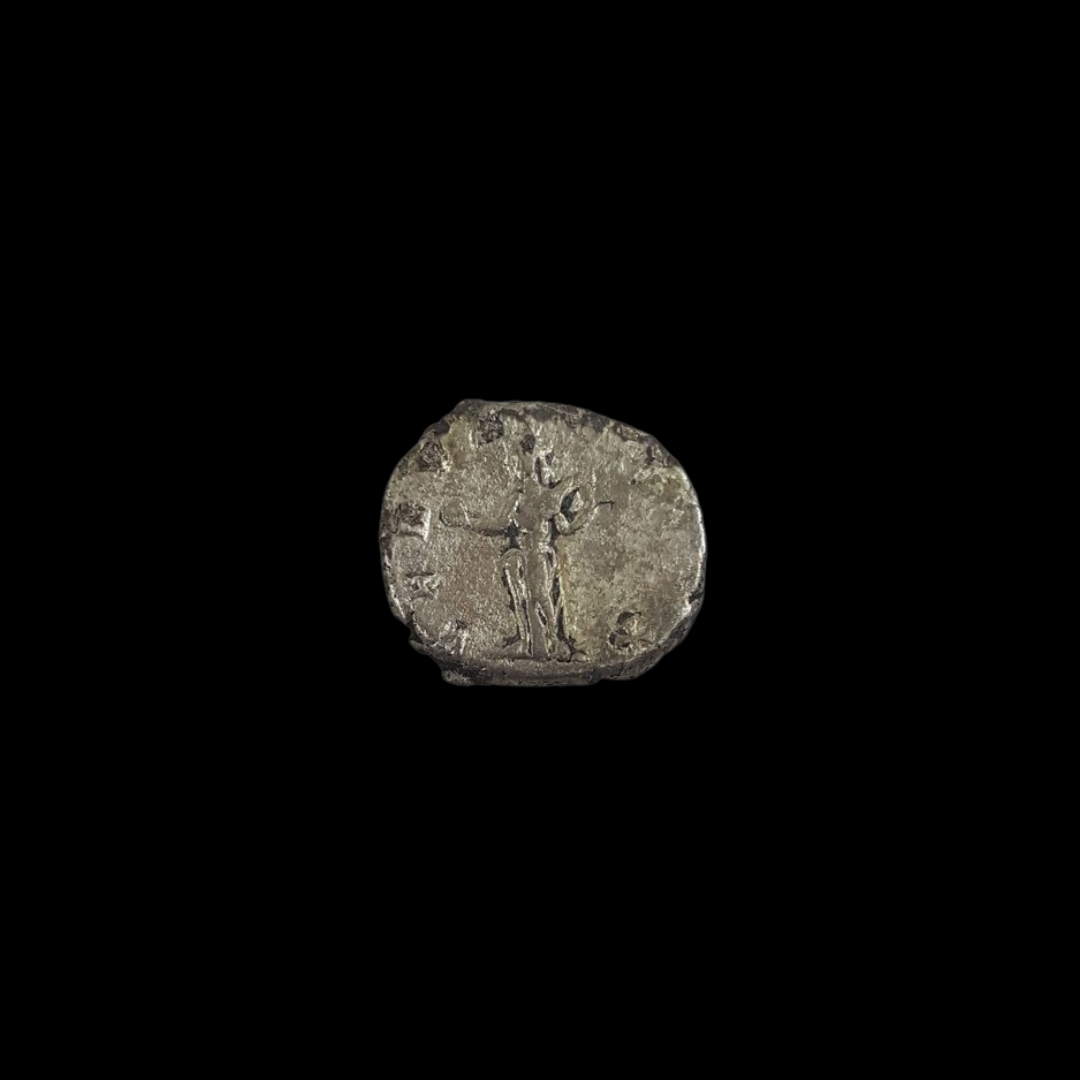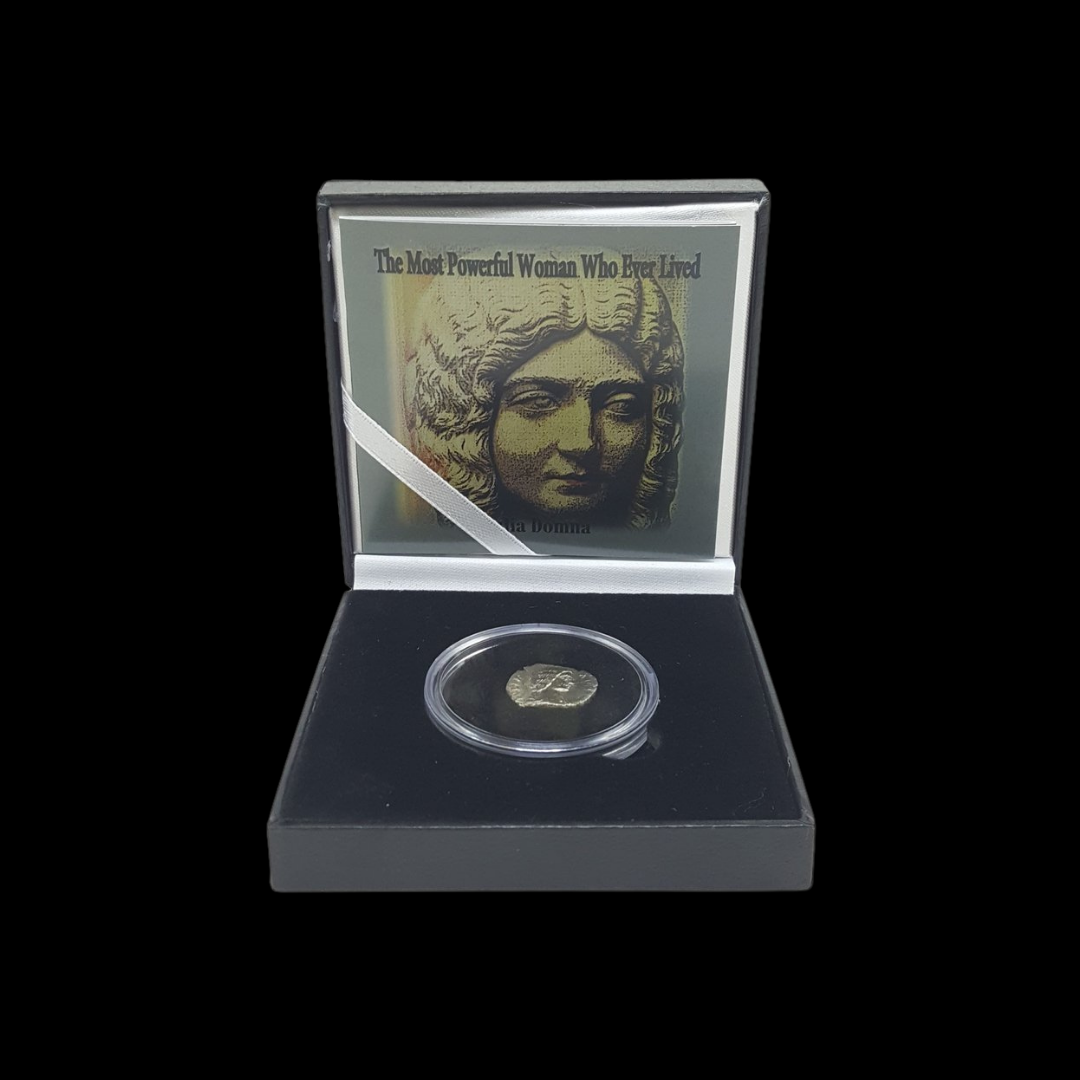 Image 1 of 2
Image 1 of 2

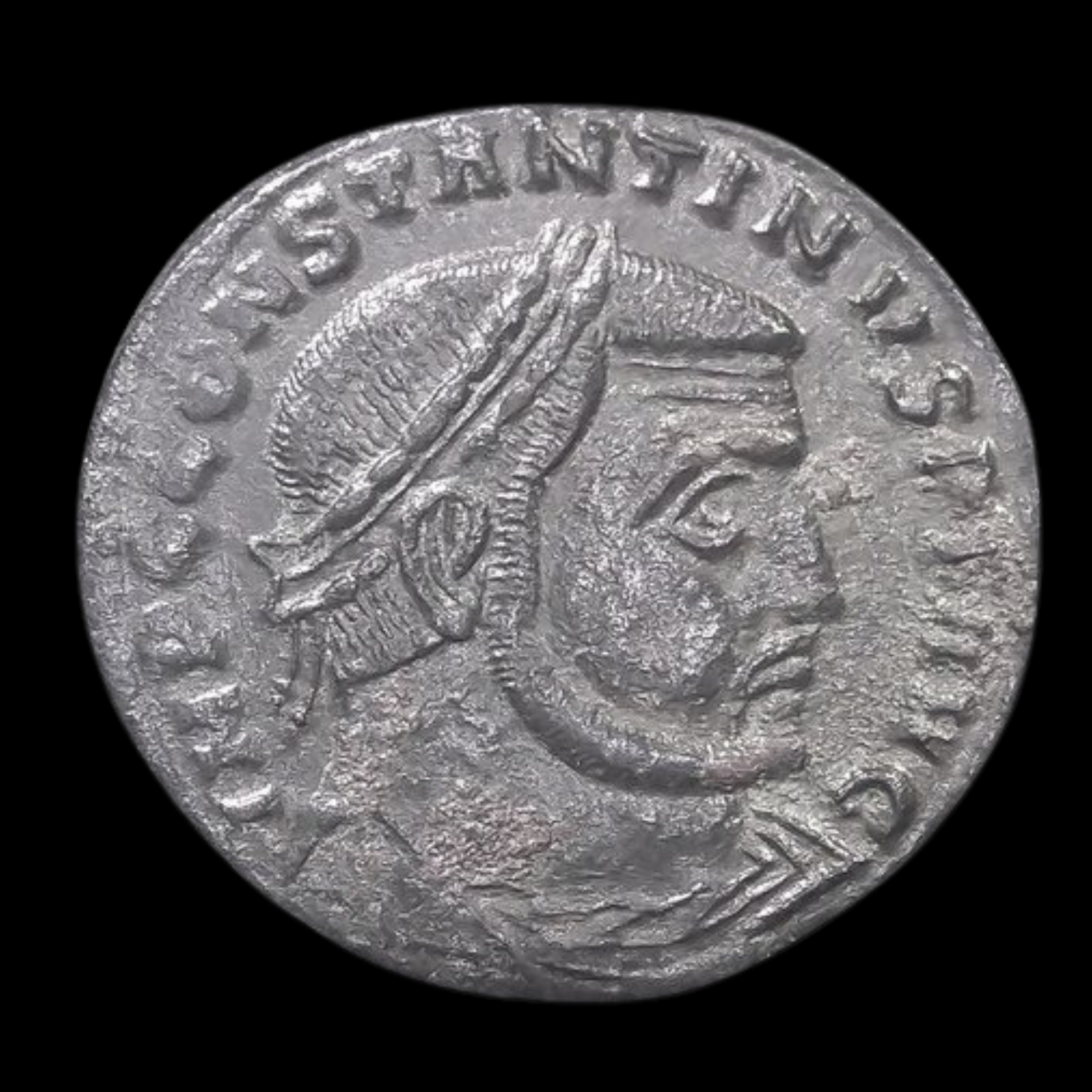 Image 2 of 2
Image 2 of 2



Roman Empire Bronze Reduced Follis of Constantine I (about 1710-1715 years ago)
This bronze coin was minted in Thessalonica (modern Thessaloniki, Greece) during a pivotal period in Constantine I's rise to power. As the Roman Empire underwent significant political and religious transformation, this coin reflects the complex religious imagery of the transitional period before Constantine's full embrace of Christianity.
Coin Description:
Front side: Bearded, laureate bust of Constantine I facing right, wearing imperial robes and cuirass (armor), seen from the front; Latin inscription "IMP C CONSTANTINVS P F AVG" (Emperor Caesar Constantine, Pius Felix Augustus)
Back side: Jupiter standing left, holding Victory on globe and scepter, with eagle holding wreath in its beak at his feet; inscription "IOVI CONSERVATORI AVGG NN" (To Jupiter, Preserver of our Emperors); mint mark "TS.B." in exergue
Technical Details:
Bronze composition, weighing 3.40 grams
Reduced Follis denomination (standard bronze coin of the period)
References: RIC-61a (C), officina B=2
No certification mentioned
Date: 312-313 CE, minted at Thessalonica
Historical Significance:
This coin was struck around the time of Constantine's victory at the Milvian Bridge (312 CE), which tradition holds was preceded by his vision of the Christian cross. Despite this, this coin still depicts traditional pagan imagery of Jupiter, reflecting Constantine's cautious religious policy during this transitional period. The "Preserver of our Emperors" inscription acknowledges the continued role of multiple rulers in the imperial system before Constantine became sole emperor.
This bronze coin was minted in Thessalonica (modern Thessaloniki, Greece) during a pivotal period in Constantine I's rise to power. As the Roman Empire underwent significant political and religious transformation, this coin reflects the complex religious imagery of the transitional period before Constantine's full embrace of Christianity.
Coin Description:
Front side: Bearded, laureate bust of Constantine I facing right, wearing imperial robes and cuirass (armor), seen from the front; Latin inscription "IMP C CONSTANTINVS P F AVG" (Emperor Caesar Constantine, Pius Felix Augustus)
Back side: Jupiter standing left, holding Victory on globe and scepter, with eagle holding wreath in its beak at his feet; inscription "IOVI CONSERVATORI AVGG NN" (To Jupiter, Preserver of our Emperors); mint mark "TS.B." in exergue
Technical Details:
Bronze composition, weighing 3.40 grams
Reduced Follis denomination (standard bronze coin of the period)
References: RIC-61a (C), officina B=2
No certification mentioned
Date: 312-313 CE, minted at Thessalonica
Historical Significance:
This coin was struck around the time of Constantine's victory at the Milvian Bridge (312 CE), which tradition holds was preceded by his vision of the Christian cross. Despite this, this coin still depicts traditional pagan imagery of Jupiter, reflecting Constantine's cautious religious policy during this transitional period. The "Preserver of our Emperors" inscription acknowledges the continued role of multiple rulers in the imperial system before Constantine became sole emperor.



